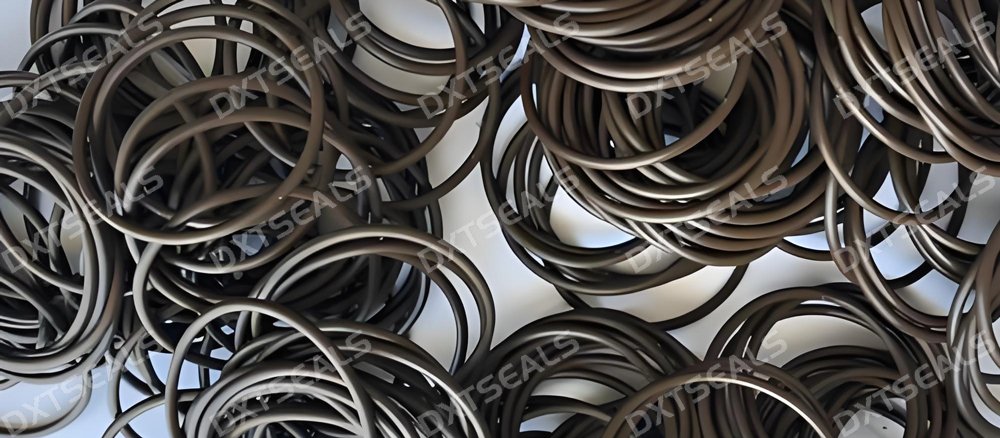
Sealing components such as O-rings, gaskets, oil seals, and V-rings play a vital role in industrial machinery, automotive systems, and hydraulic applications. While much attention is paid to their design and installation, improper storage and transportation can cause premature aging, deformation, or even failure before they are ever installed.
In this article, DXTSEALS shares key best practices for storing and transporting seals to preserve their integrity and extend their shelf life.
📦 Why Proper Storage and Transportation Matter
Seals are typically made from rubber, elastomers, or composite materials that are sensitive to environmental factors such as:
-
Temperature fluctuations
-
Humidity and moisture
-
UV exposure
-
Chemical vapors
-
Mechanical stress
Exposure to these conditions can cause hardening, cracking, swelling, or shrinkage, all of which compromise sealing performance.
🧊 1. Temperature Control Is Critical
Store sealing parts at a constant temperature ideally between +5°C and +25°C (41°F–77°F). Avoid placing seals near heating vents or freezing environments.
⚠️ Avoid extreme temperatures. High heat accelerates material degradation, while freezing temperatures may cause brittleness.
🌑 2. Protect from Light and UV Radiation
Direct sunlight and UV rays can rapidly age rubber materials. Always store seals in opaque bags, covered bins, or closed cabinets to block light exposure.
🛑 Never store rubber seals under fluorescent lights for extended periods.
🌬️ 3. Avoid Ozone and Chemical Vapors
Seals should be kept away from ozone-generating equipment such as electric motors or welding machines. Also, solvents, fuels, lubricants, or chemicals stored nearby may emit vapors that degrade sealing materials.
✅ Use well-ventilated, dry, and chemical-free storage spaces.
🧱 4. Prevent Mechanical Deformation
Store seals flat or loosely stacked. Hanging them or tightly compressing them may lead to permanent distortion.
Do Not:
-
Suspend seals on nails or rods
-
Stack heavy items on top of seals
-
Stretch seals unnecessarily before use
📌 Tip: Keep large gaskets or seals flat on wide shelves with full surface support.
📦 5. Packaging and Transport Best Practices
When transporting seals, ensure that they are:
-
Packed in protective, airtight bags
-
Cushioned to avoid movement or impact
-
Labeled with production date and batch number
-
Protected from direct sunlight and rain
Use shock-resistant containers if shipping long distances or overseas.
📆 6. Observe Shelf Life Guidelines
Even with perfect storage, seals have a limited shelf life, depending on their material. General guidelines:
| Material | Recommended Shelf Life |
|---|---|
| NBR (Nitrile) | 5–7 years |
| EPDM | 5–8 years |
| FKM (Viton®) | 10+ years |
| Silicone | 10 years |
| PTFE | Indefinite (if stored properly) |
🔍 Always follow manufacturer guidelines and use FIFO (First In, First Out) rotation.
🧰 Summary: Seal Storage Checklist
-
✅ Store in cool, dark, and dry areas
-
✅ Avoid mechanical pressure or stretching
-
✅ Protect from UV, ozone, and chemicals
-
✅ Label and rotate inventory by date
-
✅ Use airtight packaging for transport
🤝 Work with a Trusted Seal Manufacturer
At DXTSEALS, we not only manufacture high-performance sealing solutions, but also provide expert handling, packaging, and delivery support to ensure that every product arrives in perfect condition.
🔗 Visit www.dxtseals.com for product guides, storage recommendations, and expert assistance.
